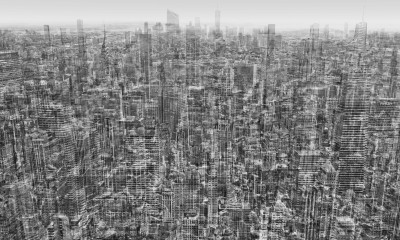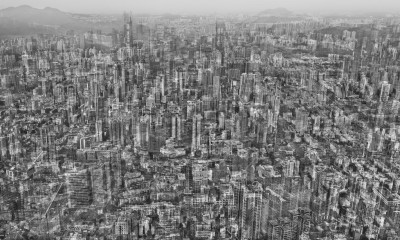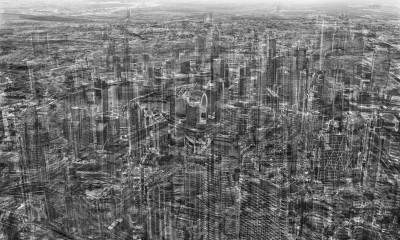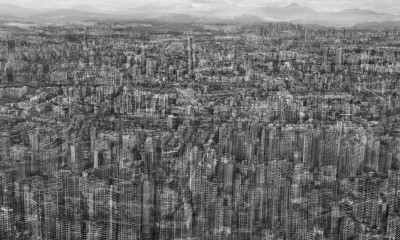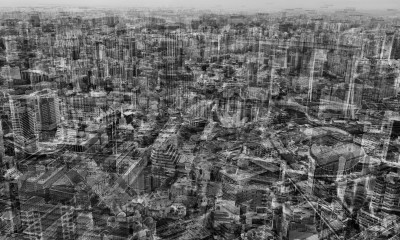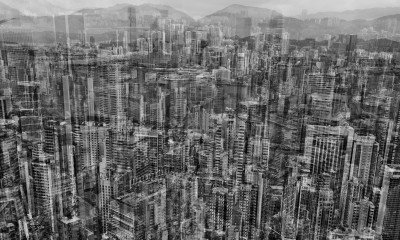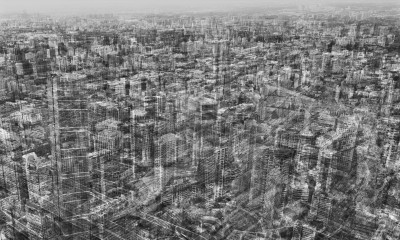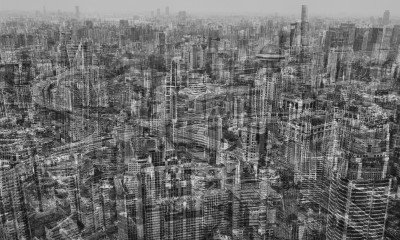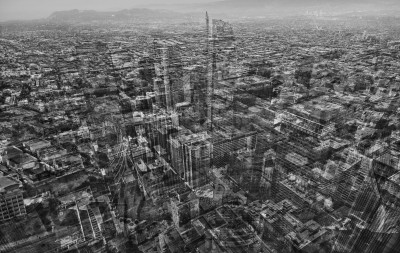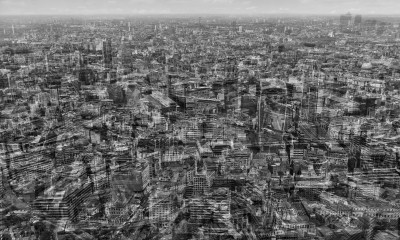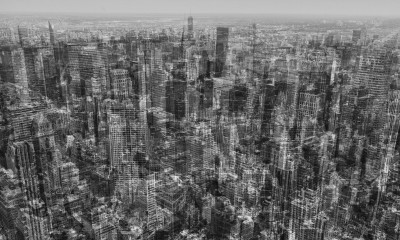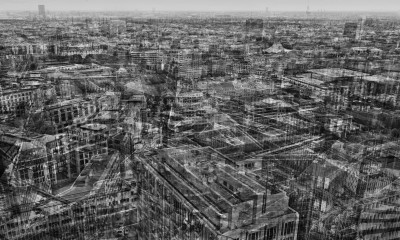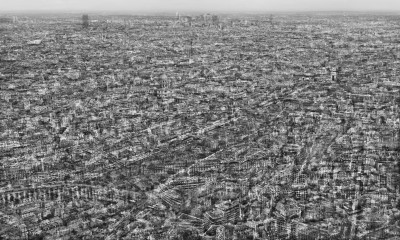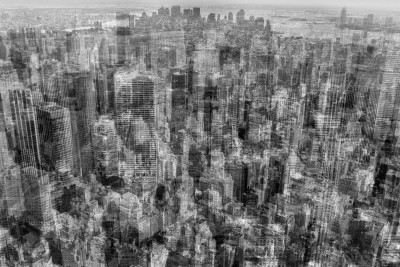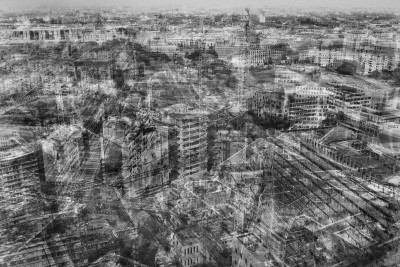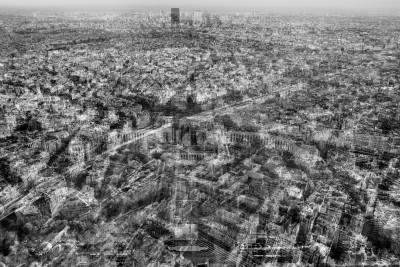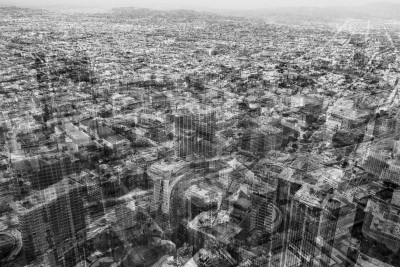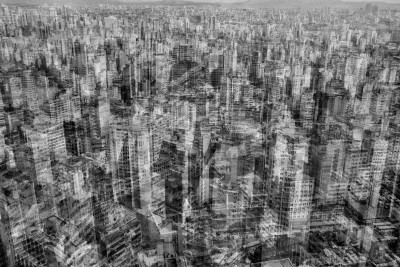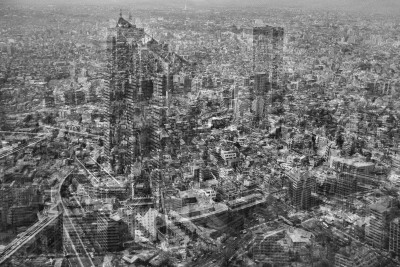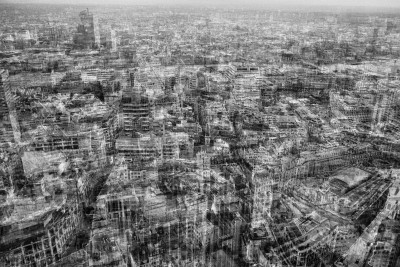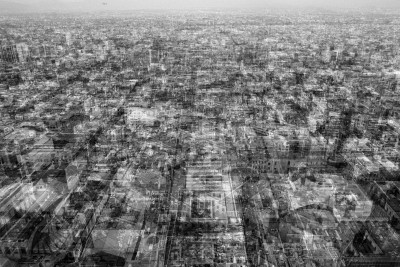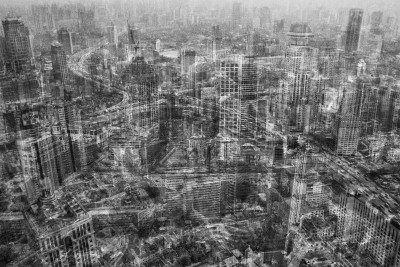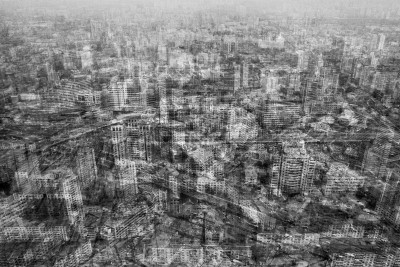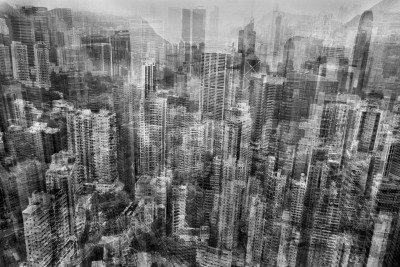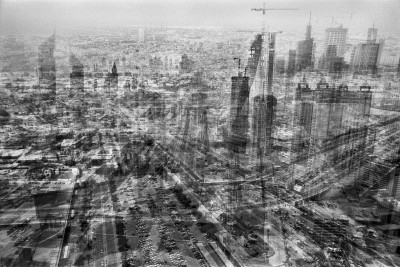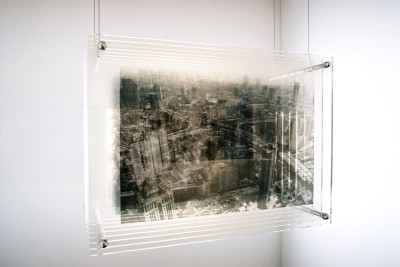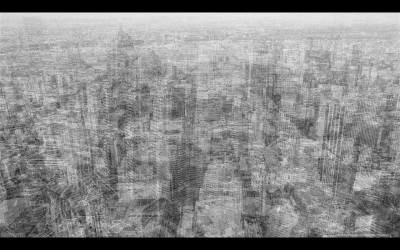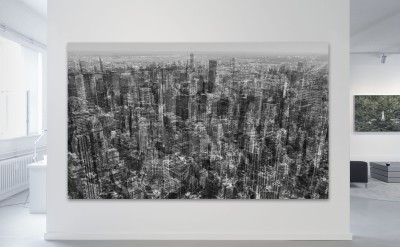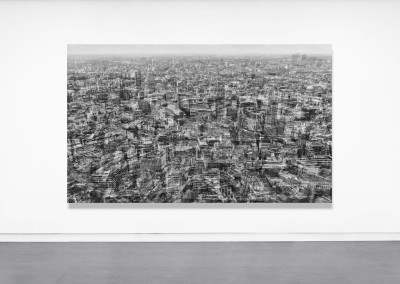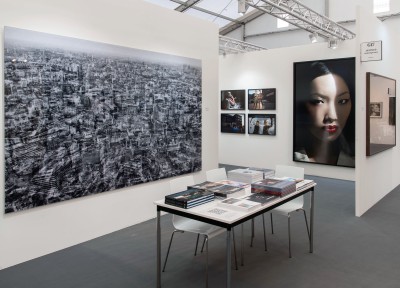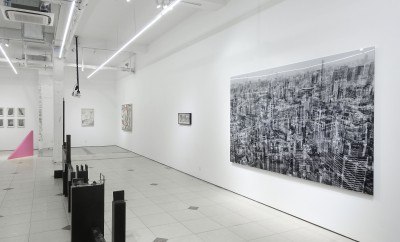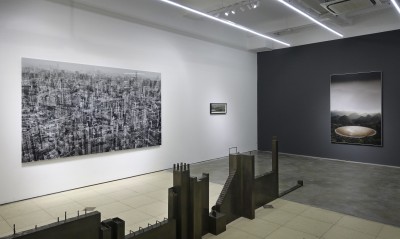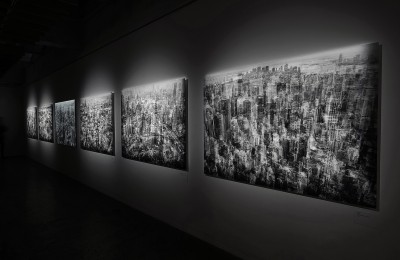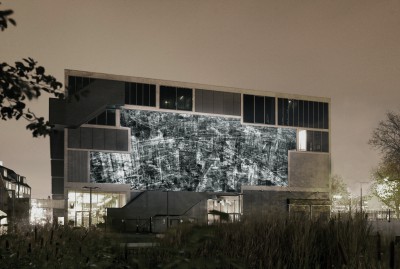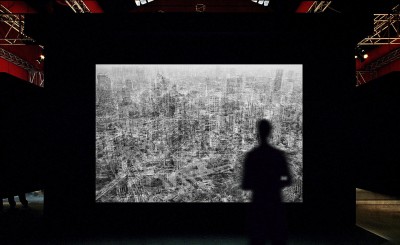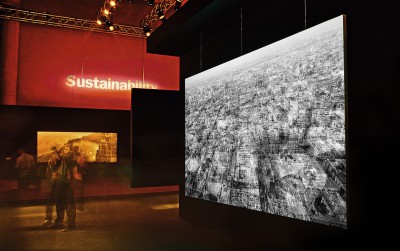netropolis
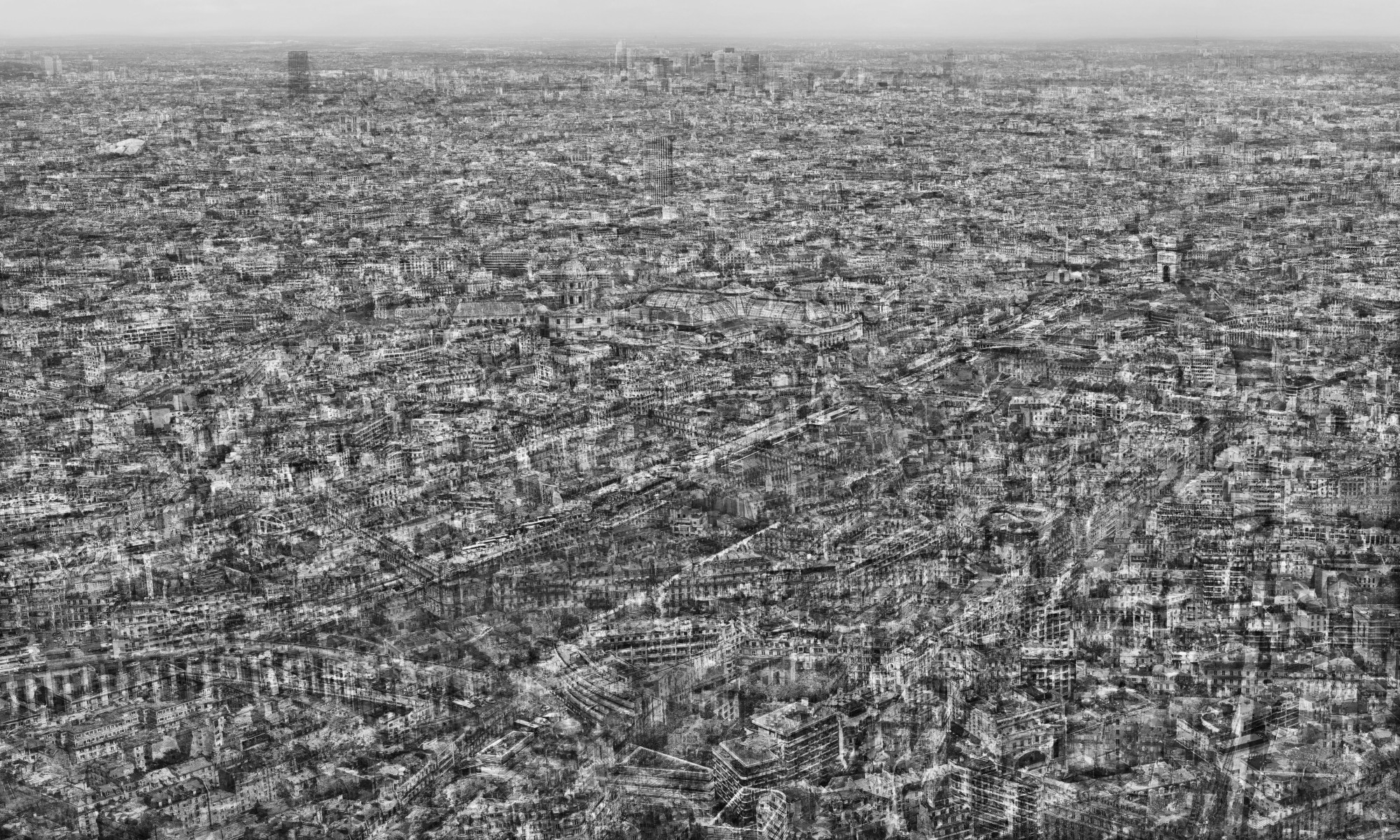
In the 21st century, megacities are the nodes that connect and compact global networks. Their urban space reflects an epoch in which the global flow of capital and an invisible torrent of data conflate in one all-embracing network. Technical fluid spaces are formed in which networking continually expands, deepens and becomes ever more pervasive under the impact of traffic, information, communication and trade flows. Global cities are created whose urban topography is increasingly overlaid by data flows. By 2050 two thirds of humankind will be living in cities. Many of today’s megacities will grow into gigacities of over one hundred million inhabitants. The complexity of the global proliferation of megacities can now only be comprehended as an infinite abstract structure.
Inspired by Fritz Lang‘s monumental futuristic film opus “Metropolis” (1927) and Ridley Scott‘s dystopian cyberpunk vision “Blade Runner” (1982), Najjar's series “netropolis” now moves the aesthetic exploration of the megacity into the 21st century. At first glance, these large-format black and white photographs show a panoramic view of the city in which all four points of the compass have been compressed into a single picture. The high vantage point and the top-down view transform the vast expanse of the city into an abstract landscape, while the reduction of the highest horizon to a narrow strip tips the picture into a horizontal plane. The frontal gaze of the viewer is simultaneously drawn to the distance and into the depths. The palimpsest-like over-layering creates a grid of grey tones that extends over the whole surface and generates an overall impression: the urban landscape stretches beyond the photographic frame. A more distanced view shows that such construction lends equality to all parts of the picture: there is no formal hierarchy between single elements. At the same time, however, the picture forces viewer’s to continually switch perspectives between near and far, between micro and macrostructures, since the vibrant nature of the city is grounded in the correlation between closeness and distance – even though viewers can never be certain where they are standing, in distanced closeness or in proximity to the urban landscape. Interpenetration of the four lines of sight – north, south, east, and west – creates an interwoven texture that exhibits elongations, compactions and reconstructions of time and space, conceptualized by Najjar as allegories of the abstract infinite data horizon of our megacities. In these works, Najjar’s prime concern is not with the spatial perception of particular topographies but rather with urban spaces of life and activity and their over-layering with technical and virtual fluid space. Thus, the electronic topography of our megacities also implies the disappearance of space and time as acceleration – that dominant dimension of our world – increasingly reduces urban structures and all their social fabric to data noise.
Michael Najjar worked on "netropolis“ between 2003 and 2006, and returned to the series in 2016. The series currently portrays the megacities of New York, Los Angeles, Mexico City, São Paulo, Tokyo, Shanghai, Beijing, Shenzhen, Hong Kong, Singapore, Seoul, Paris, Dubai, London, and Berlin. More cities will follow.
